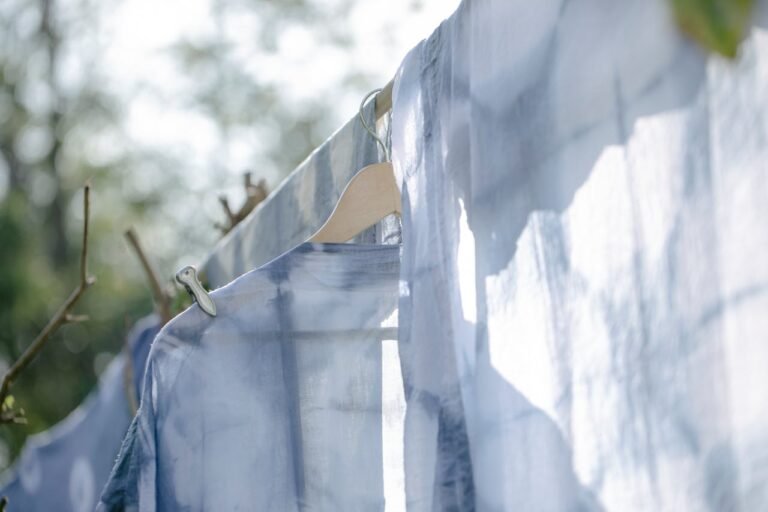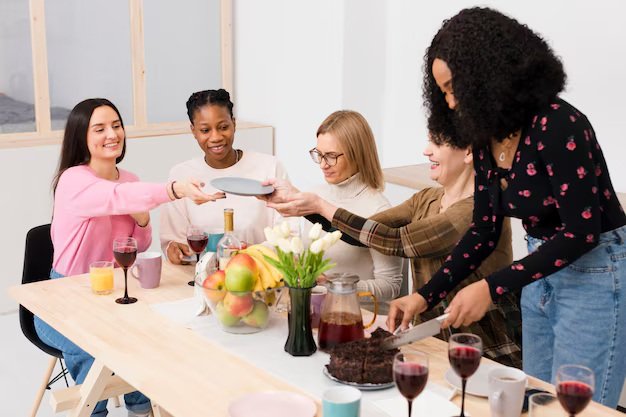Why Buying Antiques Is Good for the Environment
When you buy an antique or a well-made second-hand piece, you are doing more than decorating a room: you are keeping materials and objects in use, slowing the flow of new extraction, manufacturing and transport that drive much of the world’s consumption emissions. This is the core idea behind the circular economy — keep products in service for as long as possible rather than following the take-make-waste model — and it matters for climate and waste goals. According to the Ellen MacArthur Foundation, transitioning to circular systems (repair, reuse, refurbishment, remanufacture) is a practical, large-scale route to cut greenhouse gases and resource pressure.
This isn’t just theory — reuse already reduces real carbon in real supply chains. WRAP — the U.K. waste and resource charity — built models showing that re-use strategies are among the most effective ways households and businesses can cut emissions, and that increasing reuse across product groups can translate into millions of tonnes of avoided CO₂e per year and meaningful financial savings for households.
Researchers who compare new-made versus reused furniture find striking numbers. A life-cycle assessment done for the University of British Columbia’s reuse programme showed reused tables in that scheme avoided the bulk of production-phase emissions, with reused items delivering dramatically lower life-cycle CO₂e than new equivalents (the study reported avoidance ranges in many scenarios on the order of tens of percent up to the high-90s, depending on assumptions about replacement and transport).
A separate academic analysis of the second-hand furniture market found reuse typically cuts climate impact significantly — the study’s scenarios showed reductions around 40% on average and, under improved reuse logistics, much higher savings were possible. That underlines that antiques and pre-owned furniture aren’t just sentimental or stylish; they are low-carbon choices when compared with new, mass-produced substitutes.

In This Article
- The People and Environmental Case for Buying Antiques
- How Antiques Cut Emissions — the Numbers
- How to Make Antique Buying Count — Practical Advice
The People and Environmental Case for Buying Antiques
The environmental case for antiques becomes tangible when you look at real organisations and people who move goods back into circulation. Habitat for Humanity’s ReStore network — community outlets that sell donated appliances, furniture and building materials — keeps millions of pounds of materials out of landfills every year while funding shelter work. Their reporting shows hundreds of thousands of donated items and thousands of tons of material diverted from landfill in recent annual cycles; each diverted appliance or couch is one less new product to make and one fewer bulky item to haul to a dump.
For shoppers and shopkeepers, the story is both practical and personal. A published first-hand experiment by a journalist who tried buying only used gifts for a season described how rethinking purchases shifted both spending and waste, showing that with patience and curiosity, you can source meaningful items without buying new. That kind of real-life shift changes demand and nudges markets toward longer product lives.
Small business owners who run vintage and antique shops see the benefits in everyday terms. An interview with a second-hand shop manager in Ireland described how better curation and quality control are changing customer perceptions: second-hand stores now carry higher-quality items, attract new shoppers, and keep good materials circulating rather than sending them to landfill. Those local transactions — the antiques bought, restored and used again — add up to measurable environmental gains.
Experts tie these micro stories back to big numbers. Professor John Barrett of the University of Leeds has said we cannot treat “the economy” and “the climate crisis” as separate problems — resource efficiency, including reuse, is a practical part of delivering low-carbon living without sacrificing quality of life. That is precisely what reuse and antiques markets do: they keep value where it already exists.
How Antiques Cut Emissions — the Numbers
Hard data helps turn the broad idea into concrete comparisons. Below is a compact table summarising some representative findings from recent analyses and programme reports cited throughout this article. The table is presented so you can compare how reuse and antiques measure up on actual metrics.
| Metric or Case | Representative Figure |
|---|---|
| UK annual GHG reduction potential from increased reuse (modelled) | ~4 million tonnes CO₂e per year (potential scenarios) |
| Emissions avoided by reused furniture in a university LCA | Reuse scenarios showed avoided emissions ranging from roughly 50% to over 90% compared with new items, depending on assumptions |
| Average climate impact reduction in the second-hand furniture study | About a 42% reduction in typical scenarios; optimised systems could save much more |
| Items diverted and reuse activity in a major thrift/restore network | 244,810 donated items and 1,221 tons diverted (recent cycle reporting) |
| Circular economy framing (how reuse fits policy) | Reuse and longer product lives are core strategies to reduce emissions and resource pressure across sectors |
These numbers show two things clearly. First, reuse is not a marginal afterthought; when scaled and supported, it displaces material-intensive production and avoids large shares of product life-cycle emissions. Second, the exact benefit depends on easily measured logistics: how far donations travel, how frequently items are replaced, and the energy intensity of manufacture all change the totals. That’s why the best reuse programmes combine good local collection, efficient redistribution, basic repair services and buyer education — the more friction you remove, the more climate benefit you unlock.

How to Make Antique Buying Count — Practical Advice
If you want your antique purchases to deliver both beauty and environmental benefit, start with intent and a few habits. First, choose quality and durability over novelty: older furniture built from solid hardwoods or crafted metal often lasts decades and can be repaired. This reduces the need for replacements and the emissions tied to repeated purchases. Second, prioritise local supply chains: buying from local antique shops, markets, or community ReStores cuts transport and keeps materials in the community. Third, think service: repair, reupholster, or adapt a piece rather than replace it. Many reuse networks and local makers offer economical repair or refurbishment, extending life and lowering the system-level carbon footprint. Evidence from LCA studies and real-world reuse programmes shows that combining longer life with local redistribution yields the biggest climate wins.
If you are a collector or dealer, you can amplify impact beyond a single sale. Make resale easy by documenting provenance and condition, offer basic repair or cleaning, and partner with local reuse organisations to move unsold items quickly into new homes. The institutions that successfully scale reuse — whether university programmes, charity ReStores or dedicated vintage platforms — combine transparency about origins, reasonable pricing, and logistics that reduce repeated transport. These are the operational levers that turn a single antique purchase into systemic emission savings.
Policy and business both matter. National-scale modelling from WRAP and related academic partners shows that rethinking product life cycles delivers measurable CO₂ reductions and economic benefits; those studies call for incentives for reuse, better design for longevity, and publicly supported collection infrastructure. At the same time, organisations like the Ellen MacArthur Foundation argue that circular design and reuse are essential complements to renewable energy and other climate solutions. In short, buying antiques helps, but the biggest gains come when shoppers, sellers, designers and policymakers push together.
Practical Actions Any Buyer Can Take Today
Look for sturdy construction and avoid items that are clearly close to the end of life; ask about history and repairs so you understand true remaining life; favour local pickup or delivery to keep transport low; and when you no longer want an item, sell or donate it rather than throwing it away. Those moves help your purchase save carbon and prevent waste, while rewarding you with a unique piece that carries a story and a lower environmental price. The examples and studies cited above show these choices add up — from a single table in a university reuse program to hundreds of thousands of donated items in ReStore networks — and together they make a measurable dent in emissions and waste.







